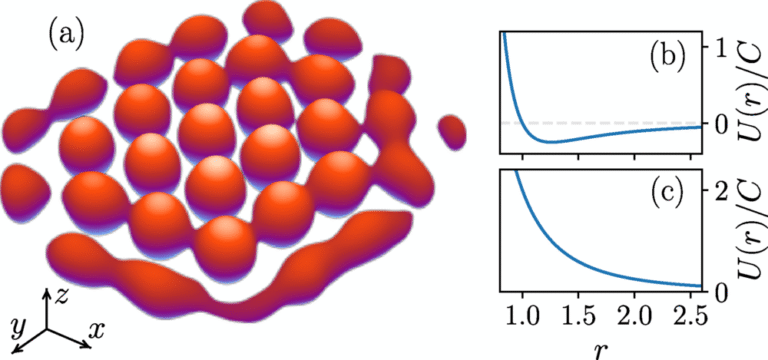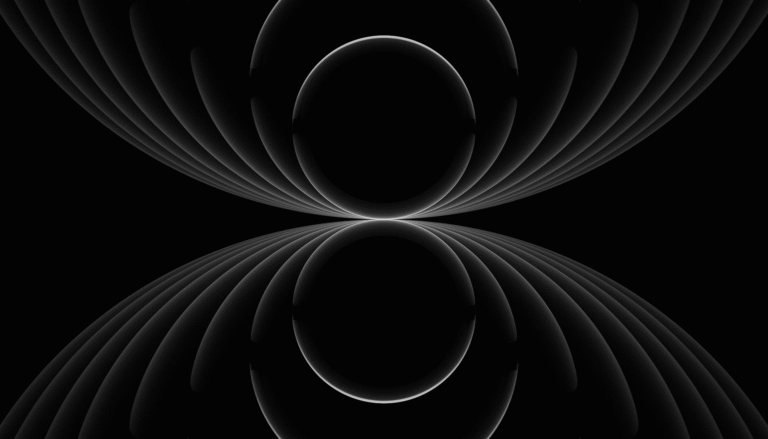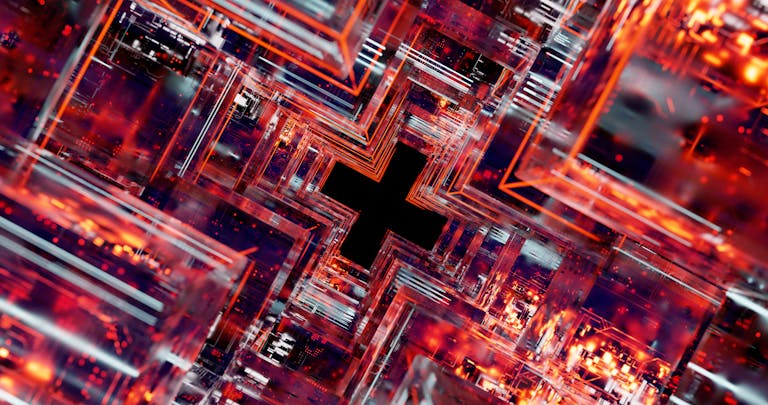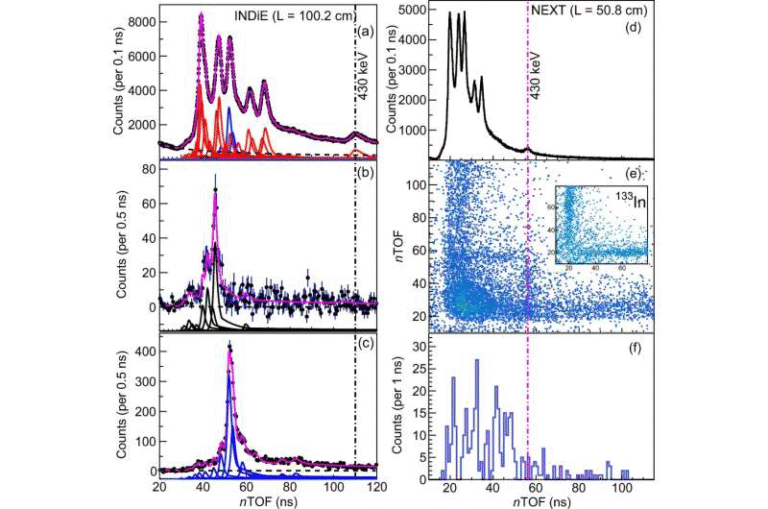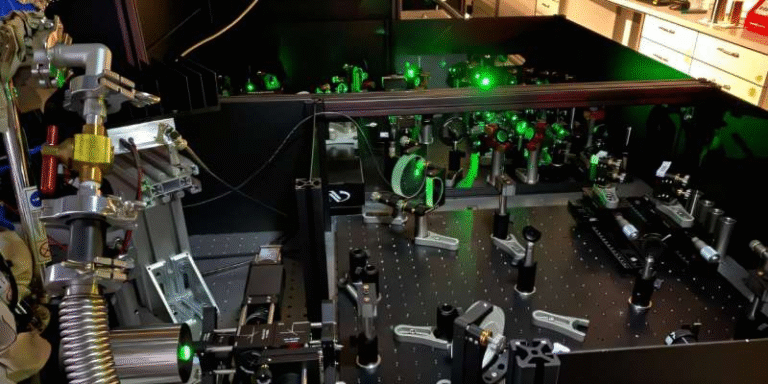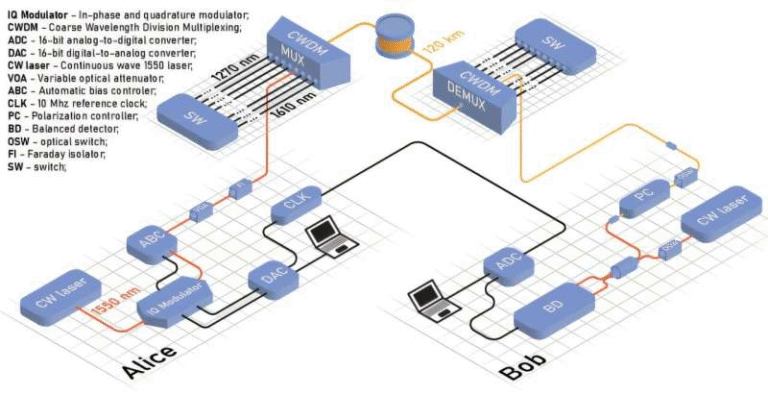Scientists Propose a Realistic Way to Detect the Unruh Effect — The Universe’s “Phantom Heat”
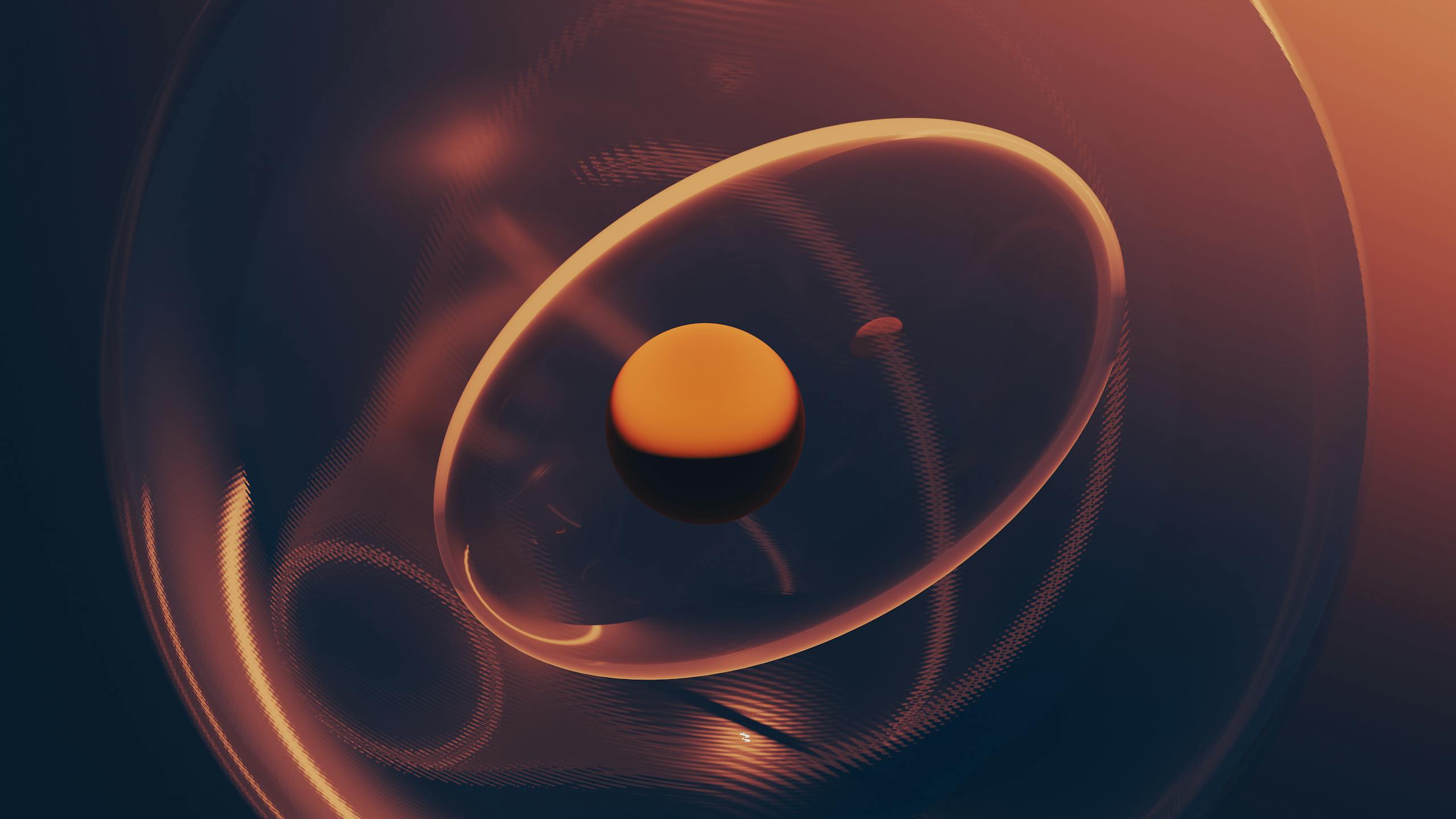
The Unruh effect, also called the Fulling–Davies–Unruh effect, has fascinated physicists for decades. It’s a mind-bending prediction that says if you are accelerating through empty space, what appears to be a vacuum to a stationary observer actually looks like a warm bath of particles to you. In other words, acceleration can make the vacuum feel hot.
Until now, this idea has remained in the realm of theory. The problem has always been that detecting it experimentally would require unimaginably high accelerations, far beyond what our technology could achieve. But a research team from Hiroshima University in Japan has just proposed a clever method that may finally make the Unruh effect measurable. Their work was published in Physical Review Letters on July 23, 2025.
Let’s go through what they did, why it matters, and what it could mean for the future of physics and technology.
What Exactly Is the Unruh Effect?
The Unruh effect is a prediction from quantum field theory, which merges quantum mechanics with the principles of relativity. According to quantum theory, even “empty space” is not truly empty. The vacuum constantly fluctuates with particles and antiparticles briefly appearing and disappearing.
The Unruh effect says that whether or not you can perceive these fluctuations depends on your motion.
- A stationary observer sees nothing special — just vacuum.
- An observer moving with constant acceleration perceives those fluctuations as a real thermal bath with a temperature proportional to their acceleration.
This temperature is called the Unruh temperature. The higher the acceleration, the hotter it gets. But here’s the catch: for a detectable temperature of just 1 kelvin (close to the temperature of liquid helium), you’d need an acceleration of about 10²⁰ meters per second squared. That’s trillions of times greater than what we can produce in any lab.
That’s why, despite its deep significance, the Unruh effect has remained undetected for almost 50 years.
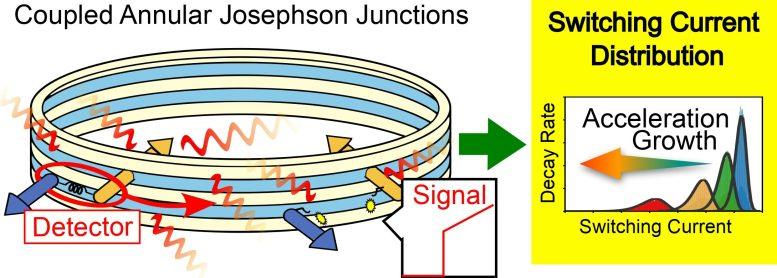
Why Detecting It Matters
Why should we care about a bit of “phantom heat” in the vacuum? Because the Unruh effect represents a profound link between two of physics’ greatest frameworks: Einstein’s relativity and quantum theory.
Experimentally confirming it would:
- Strengthen our understanding of how spacetime and quantum fields interact.
- Provide experimental access to a phenomenon closely related to Hawking radiation (the radiation predicted to come from black holes).
- Potentially open doors to new quantum sensing technologies that exploit vacuum fluctuations.
In short, it’s not just an academic curiosity — it’s a potential stepping stone toward understanding the true nature of spacetime.
The Hiroshima University Proposal
The Japanese team, led by Haruna Katayama (assistant professor) and Noriyuki Hatakenaka (professor emeritus), has come up with a practical method to sidestep the issue of impossibly high accelerations.
Instead of trying to accelerate an ordinary particle detector in a straight line, they use a circular motion system built from coupled annular Josephson junctions — superconducting circuits that allow precise control of quantum states.
The Detector: Fluxon–Antifluxon Pairs
In this setup, the role of the detector is played by a fluxon–antifluxon pair.
- These are special quantum objects that can form in superconducting circuits.
- When paired together, they form a metastable state — stable for a while but able to decay under the right conditions.
- In this system, the pair moves in a circle inside the annular junction, constantly undergoing centripetal acceleration.
Thanks to modern microfabrication techniques, these superconducting circuits can be built at extremely small scales, which makes the effective acceleration enormously high. That, in turn, produces an Unruh temperature of a few kelvin — finally in a range that today’s lab equipment can measure.
How the Signal Appears
Here’s the clever part: when the Unruh effect kicks in, the fluxon–antifluxon pair becomes unstable and splits apart.
- This splitting produces a sudden voltage jump in the superconducting circuit.
- That jump is a macroscopic signal triggered by microscopic quantum fluctuations.
- By repeating the experiment many times and measuring the switching currents (the currents at which the pair breaks apart), researchers can build up a statistical distribution.
The team argues that this distribution shifts only with acceleration, not with any other parameter. That means if you see the shift, it’s a strong fingerprint of the Unruh effect itself.
Why This Method Works
This design bypasses the impossible acceleration barrier in three ways:
- Circular motion instead of linear motion – centripetal acceleration can be sustained indefinitely.
- Superconducting microcircuits – tiny radii and slow electromagnetic wave propagation create conditions for very high effective accelerations.
- Macroscopic observables – instead of looking for faint signals, the method translates the effect into clear voltage jumps that are easily detectable.
This makes the Hiroshima University proposal arguably the most realistic approach yet to detecting the elusive Unruh effect.
Next Steps for the Researchers
The team emphasizes that the next big step is to analyze the decay dynamics of the fluxon–antifluxon pair more thoroughly. Specifically, they want to explore the role of macroscopic quantum tunneling, where particles can “tunnel” through barriers that seem impossible to cross.
Understanding this in detail will be crucial for refining the experiment and separating Unruh-induced effects from other quantum processes.
They also aim to investigate how this detector might interact with other quantum fields, broadening its potential applications beyond just Unruh detection.
The Bigger Picture: Links to Other Physics
This work isn’t happening in isolation. It connects to several important concepts:
- Hawking Radiation: The Unruh effect is mathematically similar to the radiation predicted from black holes. Detecting one could give insights into the other.
- Quantum Sensing: The ability to measure tiny vacuum fluctuations with high sensitivity could lead to new technologies in sensing and measurement.
- Unification of Physics: Every step toward linking quantum mechanics and relativity helps in the search for a unified theory of fundamental laws.
Challenges That Remain
Of course, this is still a proposal. Some challenges include:
- Ensuring that environmental noise and thermal effects don’t overwhelm the signal.
- Building circuits precise enough to maintain stable fluxon–antifluxon pairs.
- Distinguishing Unruh-induced decays from decays caused by other fluctuations.
Still, the fact that these challenges are now engineering problems — rather than theoretical impossibilities — is a major breakthrough.
A Quick Detour: What Are Josephson Junctions?
Since they are at the heart of this proposal, it’s worth explaining briefly.
- A Josephson junction is a superconducting device where two superconductors are separated by a very thin insulating layer.
- Because of quantum tunneling, electrical current can pass through the barrier without resistance.
- They are extremely sensitive to magnetic fields and quantum fluctuations.
Josephson junctions are already used in technologies like SQUIDs (superconducting quantum interference devices) for detecting tiny magnetic fields, and in quantum computers as building blocks of qubits.
The idea of using them to detect the Unruh effect is a natural extension of their role as precision quantum devices.
Adding Context: Why the Vacuum Isn’t Empty
For readers new to quantum physics, here’s an important point: the vacuum is never truly empty.
- Even in space devoid of matter, quantum theory says energy fluctuations constantly occur.
- Particles and antiparticles appear and vanish in unimaginably short timescales.
- These are called quantum vacuum fluctuations.
The Unruh effect is essentially a demonstration that motion through this “boiling vacuum” can change what you perceive. For one observer, it looks empty. For another who is accelerating, it looks warm.
Why This News Is Exciting
This research is not just about confirming an old theory. It could:
- Demonstrate that quantum fluctuations can cause large, observable macroscopic effects.
- Provide experimental grounding for concepts that link quantum physics and relativity.
- Inspire new quantum technologies that exploit this “phantom heat.”
In short, it has the potential to change the way we test and understand the universe at its deepest levels.
Final Thoughts
The Hiroshima University team’s proposal is one of the first truly feasible methods to detect the Unruh effect in the lab. By combining circular motion, superconducting circuits, and clever statistical analysis, they’ve opened a new path to exploring one of the strangest predictions in physics.
If successful, it would not only confirm a long-standing theoretical idea but also push us closer to understanding the deep connections between relativity, quantum theory, and the structure of spacetime itself.
Research Reference:
“Circular-Motion Fulling-Davies-Unruh Effect in Coupled Annular Josephson Junctions” – Physical Review Letters, July 23, 2025
